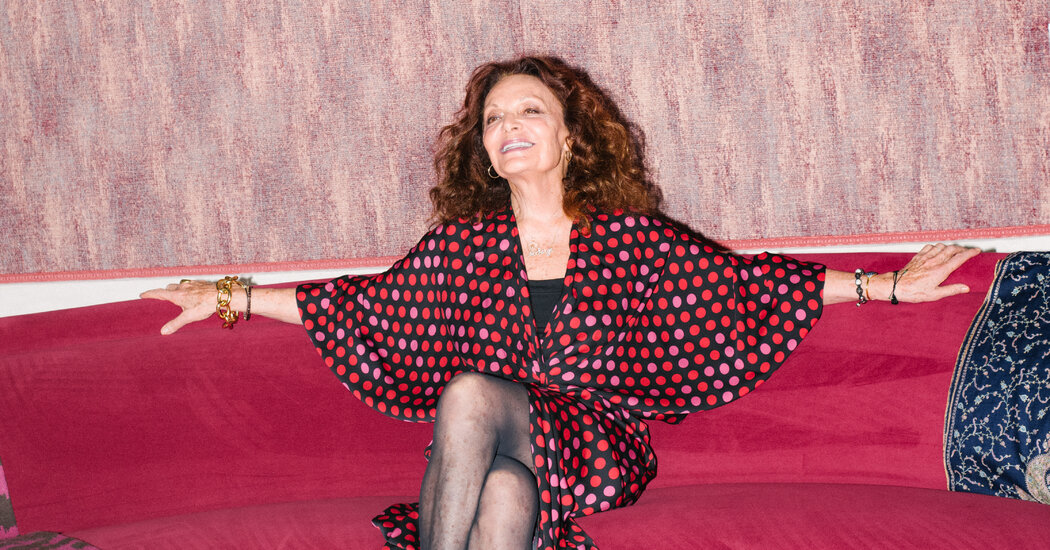Ms. von Furstenberg says the moment that most defines her life is when her mother, Lily Nahmias, a Jewish Greek immigrant working for the Belgian resistance, was liberated from the death camp when the war ended in 1945.
After 13 months in Auschwitz and Ravensbrück, the 22-year-old weighed barely the weight of her bones, down to 29 kilos, with blue tattooed numbers, 5199, on her left arm. She had to be fed like a bird every few moments. A year later, she married her fiancé, a Jewish Bessarabian immigrant named Leon Halfin, who was in the electronics and later semiconductor industries. Despite her doctor’s warning that she couldn’t have a normal baby, she had Diane.
“And I’m not normal,” Mrs. von Furstenberg said, smiling.
Her mother was harsh with her, saying, “Fear is not an option” and “Don’t be a victim.” When the little girl was afraid of the dark, her mother locked her in a dark closet to face her fear.
“Today she could go to jail for it,” Ms. von Furstenberg says in the documentary. “But she was right.” Her mother wanted to “equip” her in case she ever had to go through a trauma like she did.
That ability to look terrible news in the eye served Ms. von Furstenberg well when, at the age of 47, she was diagnosed with cancer at the base of the tongue. The key, she told me, is “don’t be a victim, don’t be angry, don’t say ‘Why me?’ Just say, “This is my situation. This is what the doctor can do. This is what I can do. ”
In the 1980s, as Ms. von Furstenberg’s business plummeted, her mother, who had left her father for another man, went on a business trip to Germany with her new partner. When she heard a bunch of men talking loud German in the hotel, she panicked and was found crouching under the concierge desk.





